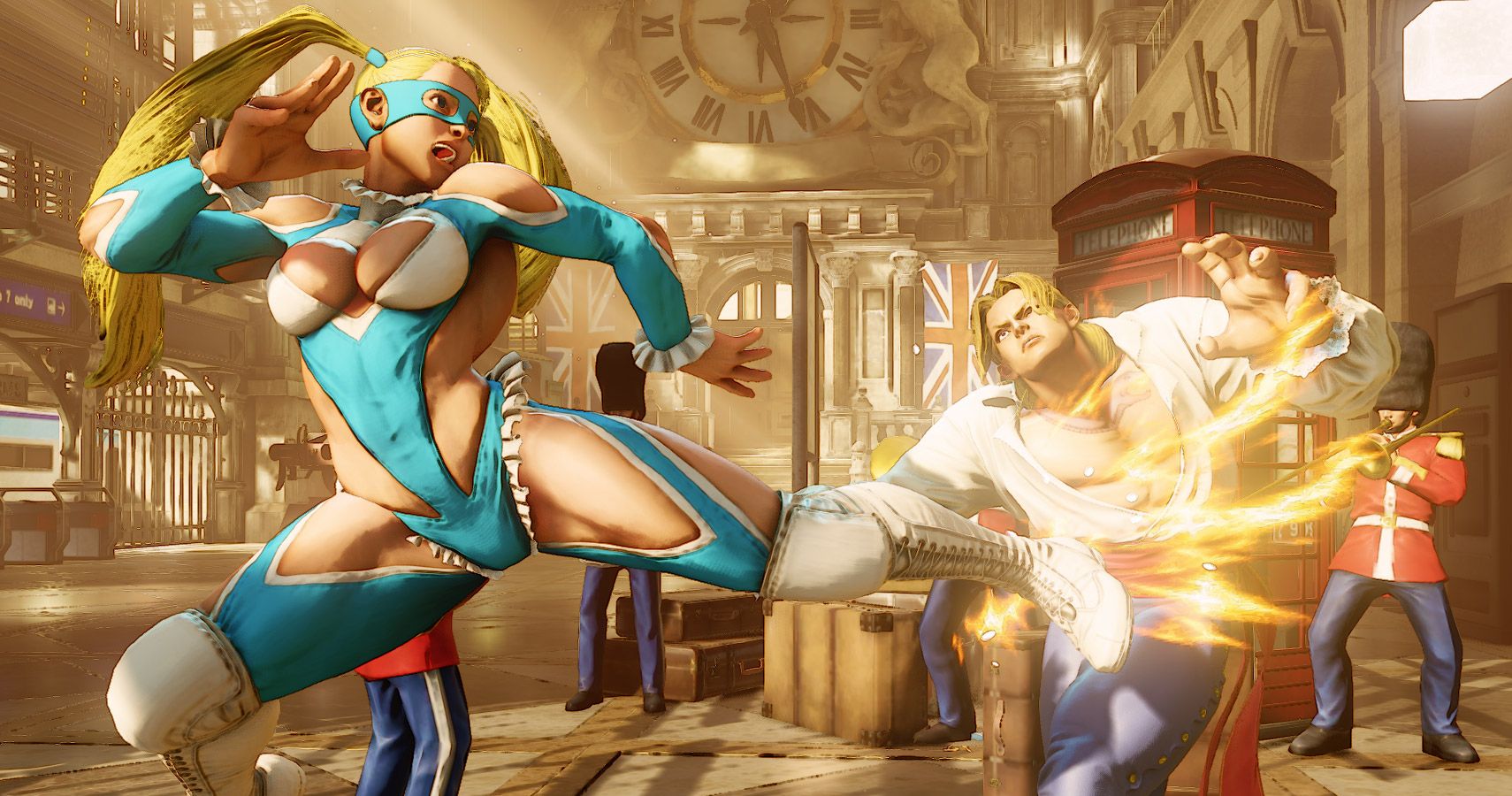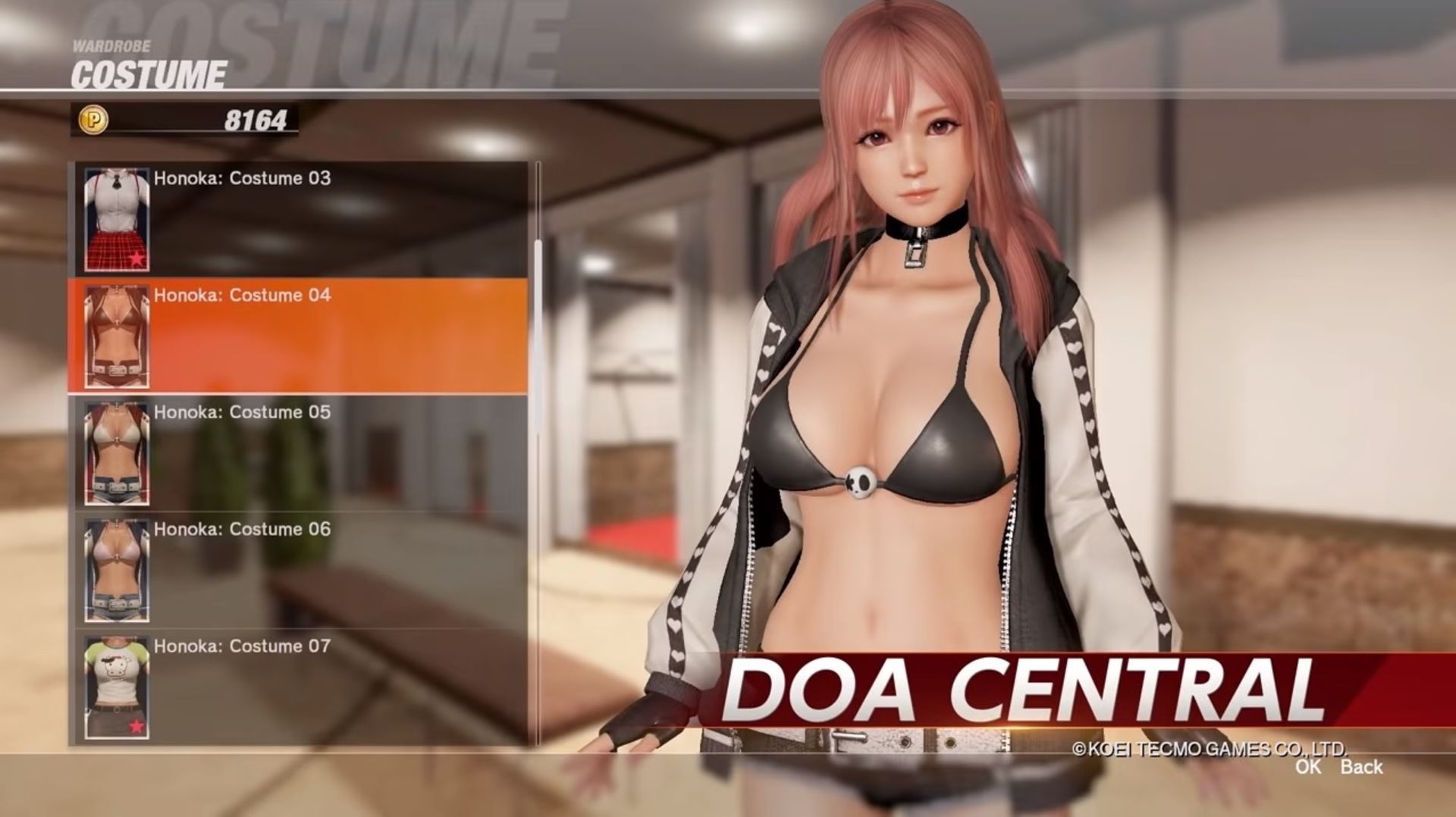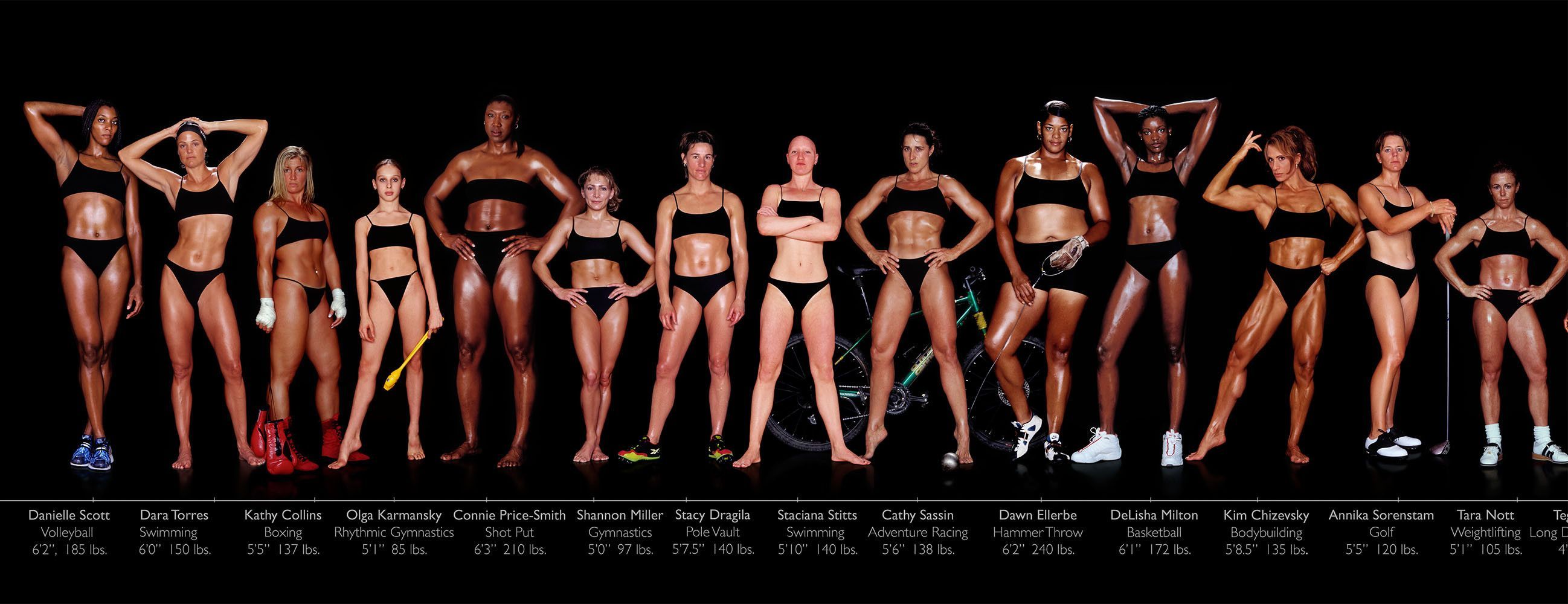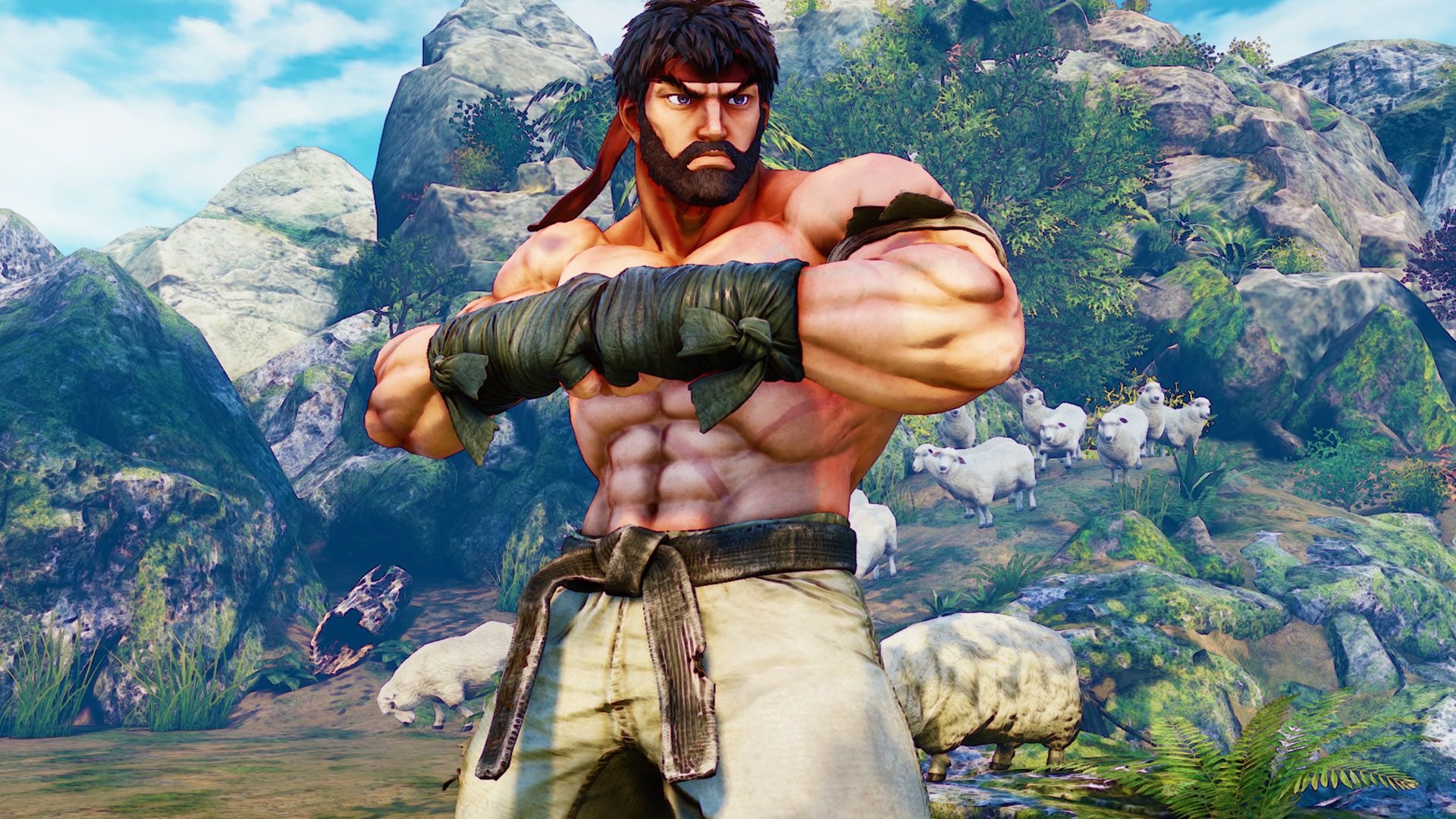The design of female characters in fighting games can often be polarizing to audiences, often when the result is the hyper-sexualization of women in a manner that is disproportionate to male characters and borders on the absurd. With that in mind, the design process in fighting games is often more complicated than one may give credit for at a passing glance.
The Worst Offenders In Fighting Games
Some games lean hard into the sexualization of its female characters. Perhaps the most long-term, continuous series that exemplifies this is Dead or Alive. Before watching the video below, keep in mind that these are characters from the fighting game series, placed into an off-shoot scenario where the combatants wear only skimpy bikinis and play Volleyball on a beach.
When we consider the motivations behind such a project, it is crucial to remember that if something like the game shown above were not profitable, it would not be made, and thus there is clearly a market for such content. Another recent example of this is Subverse, a Kickstarter project to create a game that completely oversexualizes a range of female characters for the sole benefit of the male protagonist. This campaign smashed through its goal, because despite how we may feel about the oversexualization of women in games, there are obviously others who relish in it as consumers and have voted with their wallets.
As such, a clear reason this occurs is perhaps the most obvious, and the least surprising, and that is that there is profit to be had. According to a recent study, men are more than three times as likely to purchase video games than women, excluding mobile games. In 2012, Street Fighter x Tekken player ArisBakhtanians made the controversial comment about the the lack of female players in the community, stating that “sexual harassment is part of a culture, and if you remove that from the fighting game community, it's not the fighting game community.”
While his comments are extreme, it points to the perceived trend that far more men play fighting games than do women, and as the old adage goes, sex sells. If you have a problem with that, welcome to the club, but that does not change how women have been portrayed by the media for decades. Even today, take a look at literally any James Bond girl over the last twenty years to see the lack of progress in one of the most well-known Hollywood properties.
What Are The Criticisms Levied Against These Designs?
Obvious critiques against these worst types of oversexualized designs are that they breed misogyny, and they're generally demeaning, sexist, outdated, and not a step towards equality between genders. Often they're dressed in, or given the option to be dressed in, clothing that leaves little to the imagination. This can have tangible consequences, as even today we still hear outrageous situations where women who have been the victims of sexual assault are battered with inquiries into their choice of clothing. Did they dress in a way that was inviting to men? Do they not share some of the burden?
It is ridiculous that today we still hear about that line of questioning, and yet, it is the reality of things. Seeing women objectified in the same way for the entertainment of its players does not help.
The Problem With Proposing Solutions
At its core, there is no easy solution to the critique of designing female fighters in the genre of fighting games, and the issues with any notion of changing the representation of women fighting game are numerous.
First, is there anything inherently wrong with being a strong woman with a certain type of body? Are there “correct” proportions for women in fighting games? Consider the photo below of female Olympic athletes taken by Howard Shatz in 2002.
The broad range of body types we see are all among the best athletes in the world. Tall, short, large or smaller chests, 97 lbs or 240 lbs... no two are alike, and all are the peak of physical perfection in their respective sports.
Second, the notion of restricting design space because of what one perceives to be appropriate or not leads to a slippery slope of censorship. After all, no two people have the exact opinion on the matter of obscenity - only the colloquial “I know it when I see it”. The problem with discussing appropriate female design, in any game, is that one would be hard-pressed to find two people who agree on the exact place on an imagined spectrum of acceptable versus unacceptable. If we leave the design of men and women in games to some obscure set of guidelines, we arrive in a strange place where some may be happy, and others will be upset, no matter where on the spectrum we fall.
The slippage here lies in the subjective opinions we all have. Dictating what is an “appropriate” body type forces a hierarchy of acceptable versus unacceptable body image, and people already face more than enough issues relating to body self body acceptance. We already have this issue with women represented in the media, their curves and perceived imperfections photoshopped out of existence only to be packaged and sold to people as “real." At least in video games, we know we are dealing with fantasy, and from that starting point, we can work to differentiate between reality and imaginary - unlike what we have in media.
Beyond body type is clothing, and that too is something that would be all but impossible to regulate. Should we tell women in real life not to clothing that is tight or form-fitting, or to show off any part of their body, because it makes someone else uncomfortable? Absolutely not, and dictating appropriate clothing in a game leads to the same place.
Along this same line is the fact that there is absolutely nothing wrong with strong people who are sexually confident and assert their bodily autonomy and independence. For too long, women’s bodies have been controlled by cultural norms and religion. Not to mention that in the United States, we have a nightmare regression over the autonomy of the female body and their reproductive rights.
When such control is exerted on women, it is not uncommon to see the polar opposite in art and in media. Seeing women in fighting games who are sexualized but also confidant with themselves, strong, capable, and who are able to kick the crap out of the men in the game, can be quite liberating.
Where Is The Middle Ground?
Interestingly, a recent four-year survey by Associate professor of Japanese studies Rachael Hutchinson measured characters their impressions within gender stereotypes. The results were written in “Gender Stereotypes in Japanese Fighting Games: Effects on Identification and Immersion” which was published in a 2015 installment of Journal of New Media and Culture.
In all forms of media today, men and women are objectified in different ways. Our responsibilities as consumers is to observe with a critical eye and discern reality from ridiculous, and to guide the younger generation to do the same. As long as there is a consumer base for the hyper-sexualization of women and men in games, it is going to continue.
Voting with our wallets is the only real power we have, but this speaks to the larger, more complex issue. The games that are most guilty of the extreme oversexualization of women are profitable enough to continue being developed, and in the case of Subverse as a Kickstarter, wildly successful. Rather than condemn a game developer within our capitalist economic system for giving a target demographic what they want, we should ask ourselves why that demand exists in the first place.





